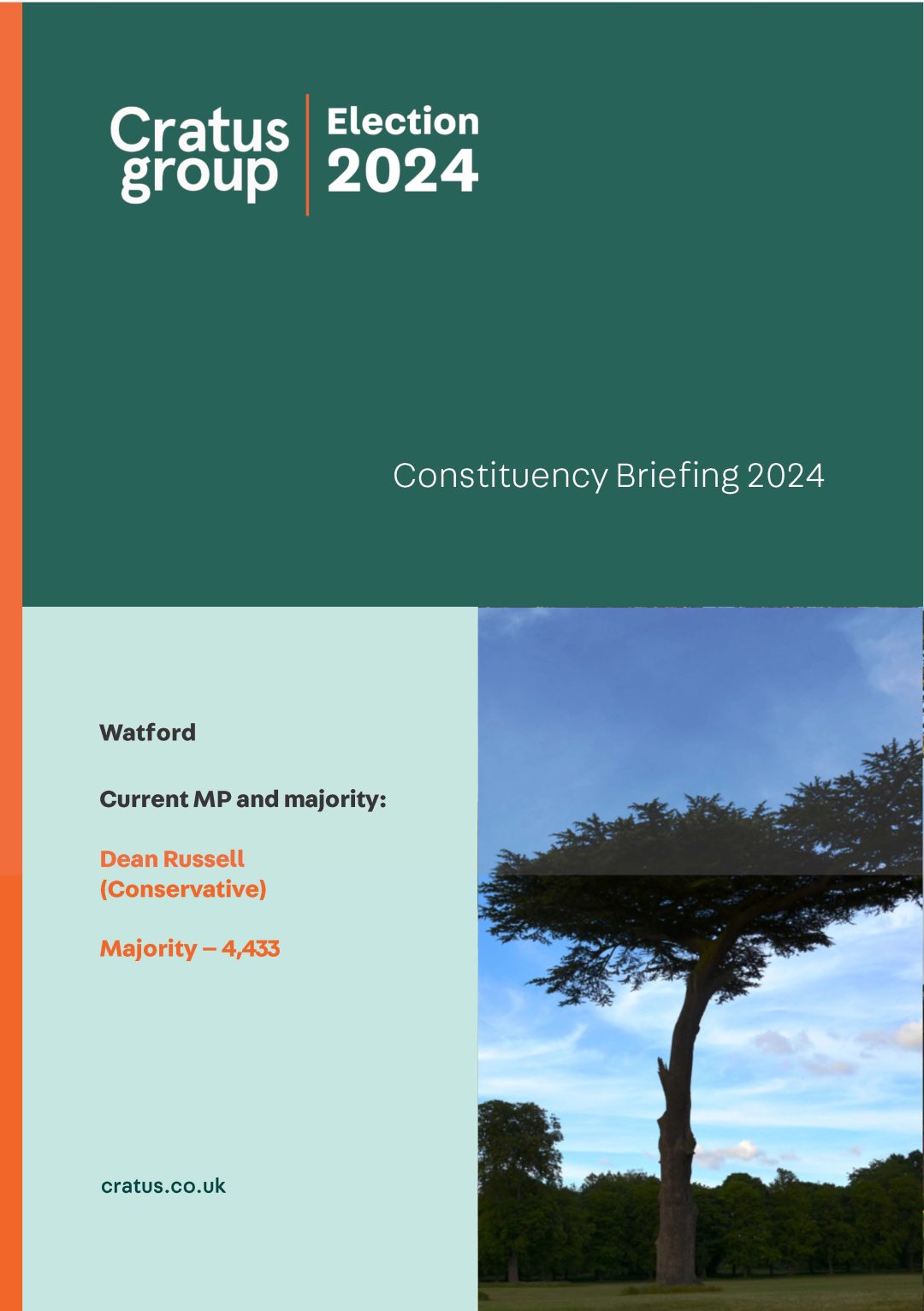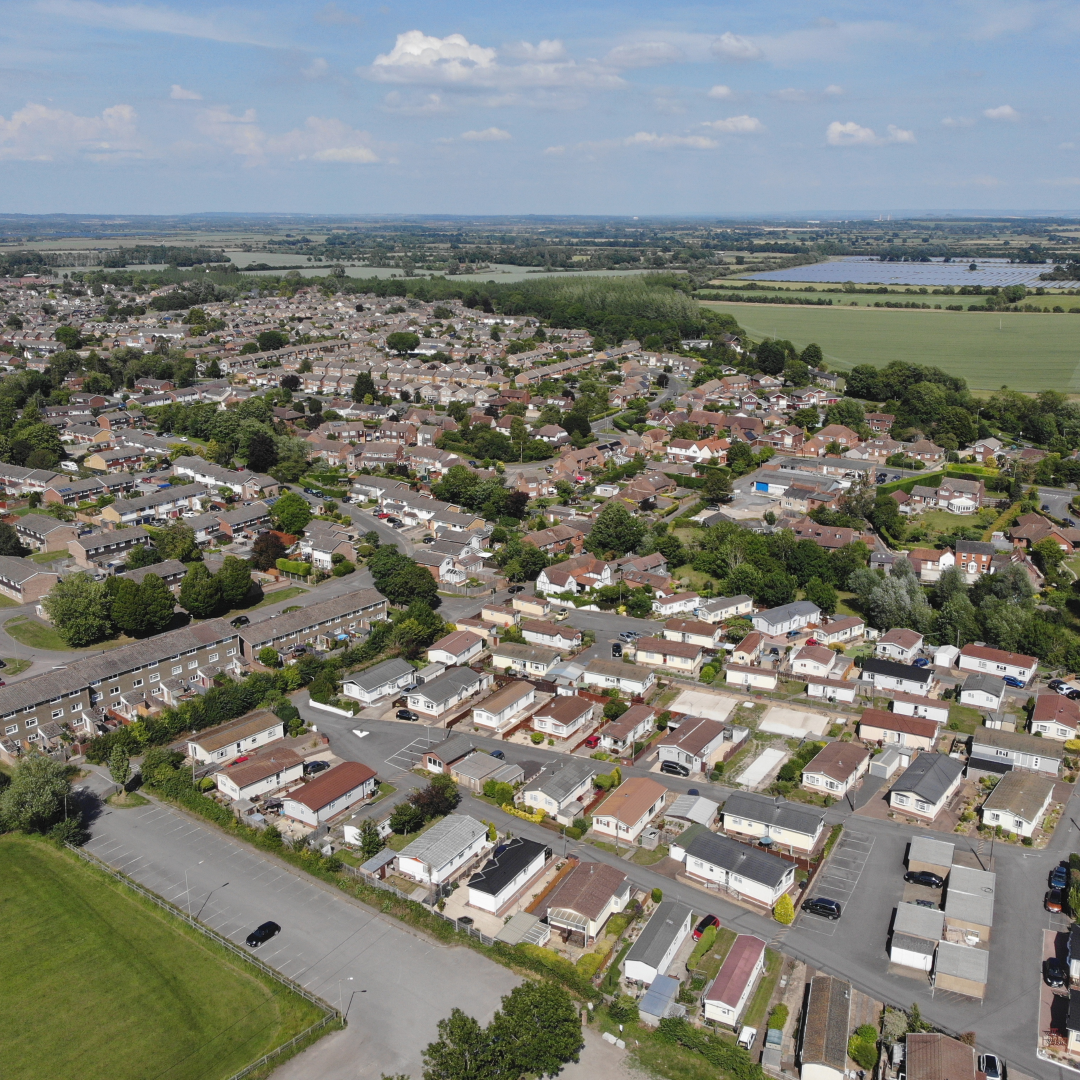Oxford City Local Plan adopted
Where is the least affordable place to live in the UK? Kensington & Chelsea or Westminster, perhaps? Actually, no, it is Oxford where average house prices are an eye watering 17.3 times higher than the average salary. Therefore, it is important both for local residents looking to get on the housing ladder, and for employers based in Oxford who are struggling to find staff, that more affordable housing is provided in and around the city.
To this end, Labour-controlled Oxford City Council adopted its new Local Plan on 8 June 2020 which will see 10,884 new homes delivered within the city boundaries over the next 16 years. Cabinet Member for Planning, Councillor Alex Hollingsworth, heralded the Local Plan as delivering much-needed affordable homes – promoting ambitious carbon reduction measures whilst preserving Oxford’s famous heritage, parks, green spaces, and waterways.
The new Oxford City Local Plan includes several measures which developers should be mindful of. These include:
- For developments of over 10 residential units, developers are required to provide 50 per cent affordable housing, 40 per cent of which needs to be socially rented. The policy requirement of 50 per cent affordable housing is one of the highest percentages in the country and will pose viability concerns for many developers. However, the Council feels this approach is justifiable given the house prices in the city and the difficulties posed for key workers to live in the city.
- All residences built in Oxford after March 2030 will need to be zero carbon developments. Oxford City Council has been a leader on promoting environmentally sustainable policies and declared a climate emergency in 2019. Therefore, this ambitious target should not come as an enormous surprise for developers active in the city.
- For student housing developments of 25 or more units, there will be a mandatory financial contribution from developers which will be allocated for affordable housing. As Oxford is world famous for its academic institutions and has many students requiring housing in the city, this is unlikely to significantly deter student housing developers.
The Local Plan was strongly supported by Oxford’s Labour Group, although there was criticism from both Liberal Democrat and Green opposition councillors that it does not go far enough to promote environmental sustainability.
The Oxford City Local Plan has also had significant influence over two other plans. Firstly, South Oxfordshire District Council has previously indicated that it wished to see the Oxford City Local Plan resolved before approving its own Local Plan. This approach has resulted in a major delay to the South Oxfordshire Local Plan and resulted in Secretary of State, Robert Jenrick MP, intervening and placing a deadline of December 2020 for the adoption of the South Oxfordshire Local Plan.
The emerging South Oxfordshire Local Plan, which is due to start its virtual examination in the coming weeks, contains several strategic sites located close to the Oxford City boundaries which promoters claim are required to address Oxford’s unmet housing need. Furthermore, Oxford City Council and the Oxfordshire district councils are currently seeking to adopt the pan Oxfordshire 2050 Plan, which will unlock the £215million of Government funding from the Oxfordshire Growth Deal. It was revealed at the 2nd June meeting of the Oxfordshire Growth Board that the March 2022 deadline for completing the Oxfordshire 2050 Plan has been delayed until October 2022, with councillors citing the Covid-19 pandemic as the reasons for the delay.
In the light of this delay and uncertainty amidst a time of unprecedented economic crisis, there is no question that the adoption of the Oxford City Plan does provide much-needed clarity for developers who are active in Oxford, and a road map for future development in the city.







